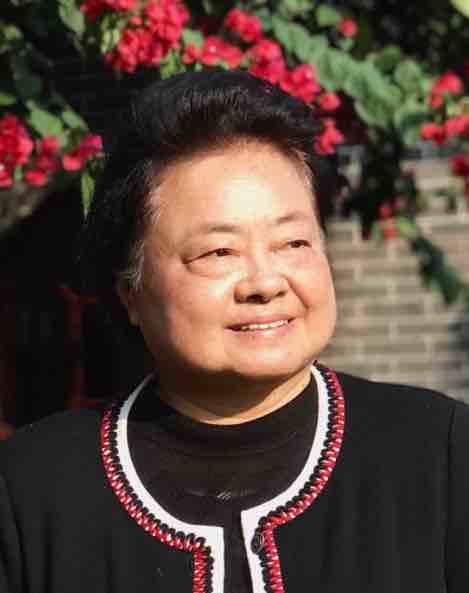
Jing Zhou
Education
East China Normal University
jzhouc@gmail.com
website

|
Jing Zhou Education East China Normal University jzhouc@gmail.com website |
| Participants: | 15 |
| Type of Study: | naturalistic |
| Location: | China |
| Media type: | no longer available |
| DOI: | doi:10.21415/T5BS37 |
Zhou, J. (2001). Pragmatic development of Mandarin speaking young children: from 14months to 32 months. Unpublished doctoral dissertation, The University of Hong Kong. Available from HKU Theses Online (HKUTO).
In accordance with TalkBank rules, any use of data from this corpus must be accompanied by at least one of the above references.
The cross-sectional data analyzed here were collected in preschool programs in Nanjing, China, following the design of Harvard Project in the United States (Snow et al. 1996). To match the age groups in the Harvard study, 30 mother-child pairs with 10 children in each group were selected at 14, 20 and 32 months. In order to balance the pattern of language development, we added one group of 10 children aged 26 months. The difference in the age of the children in each of the groups was not more than one month. The present sample was also selected using the following criterion: that they should all be from Mandarin speaking families as parents speak Mandarin Chinese to their children in everyday life.
Parents and teachers reported no evidence of any hearing impairment or developmental delay in their children. There were equal numbers of girls and boys and, as is the case in China because of the one-child policy, all the children in the study are both the first born and only children in their families.
Another important criterion for selecting the children was the socioeconomic and educational background of families. These children come from four preschool programs located in the same area. Two of the preschool programs are at universities, one belongs to the provincial government, and one belongs to a large industrial enterprise. The families in this study deliberately represent a range of the socioeconomic status found in the middle class in China, as defined by both educational and occupational background. Most mothers in this study had graduated from university, while a few reported that they completed their education in a technical secondary school. The mothers are all white-collar workers, for example, government officers, editors, teachers, accountants, or technicians in factories.
According to the basic principles of the Harvard study, we collected information from the groups of children using the following procedure: parent-child pairs were brought to a laboratory set up as a kindergarten classroom. For the American children in the Harvard study, this was a very unfamiliar situation. We arranged for the mother-child interactions in the present research to take place in the children's own kindergarten classrooms, first, because it was easier for parents and children to come and go and second, because it was easier for the children to warm up and participate in the interactions.
We videotaped each mother- child pair using a camera located in one corner of the room and operated by remote control. The investigator was in the room but was not involved in the conversation between mother and child. There was a warm-up period at the beginning, during which the parents and children were in the room with a collection of toys and the mother was instructed to take a few minutes to let her child become accustomed to the setting. After the warm-up period, there was a semi-structured play period. Mother played with her child using the contents of four boxes. The four boxes contained:
Parents were not instructed how long should be spent on each box but were asked to have only one box open at a time and to try to get to all four boxes in about 10 minutes. In fact, sessions were only terminated when the parent tried to engage the child in all four activities at once. All the videotaped session lasted for about 20 minutes.